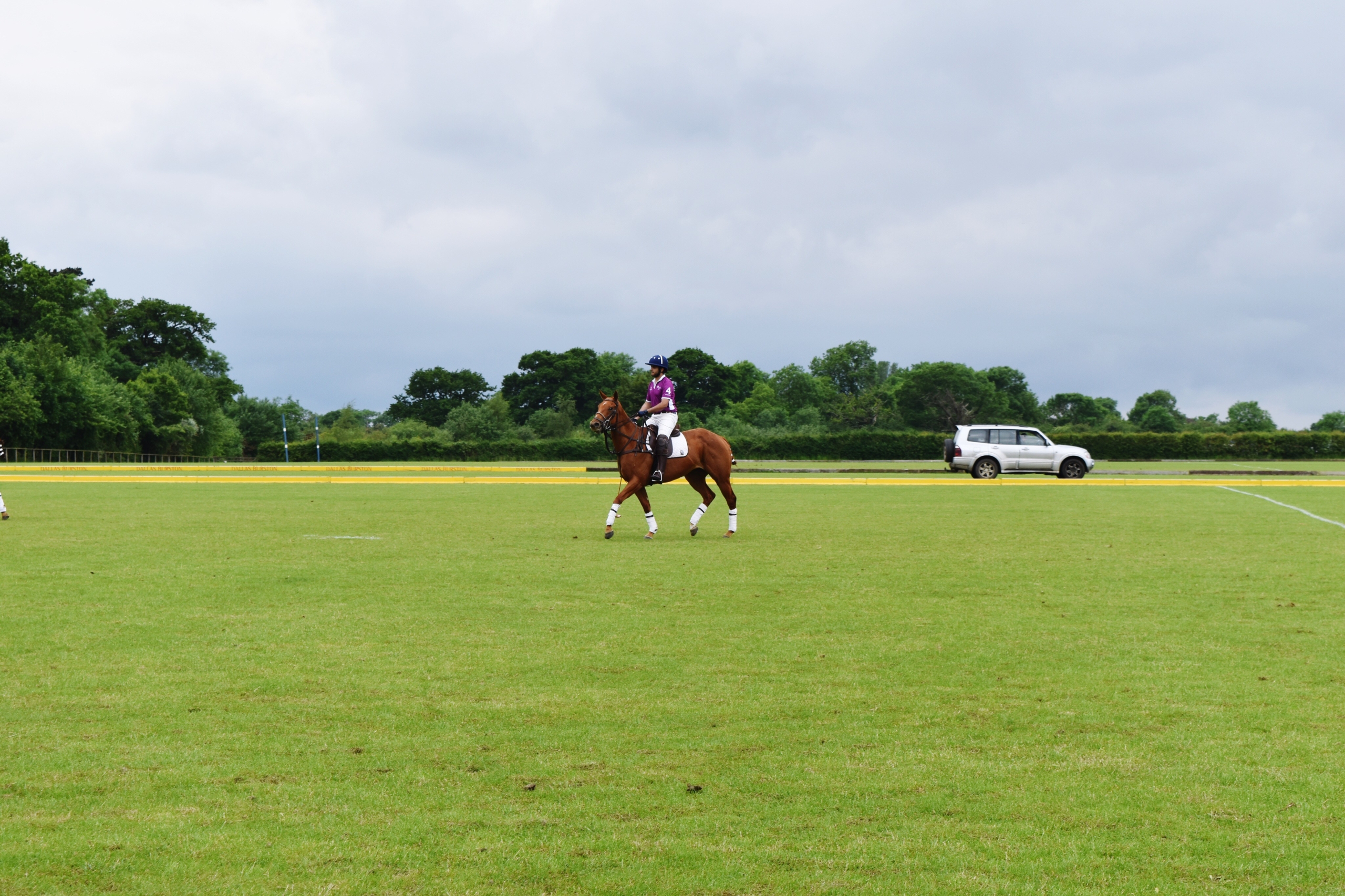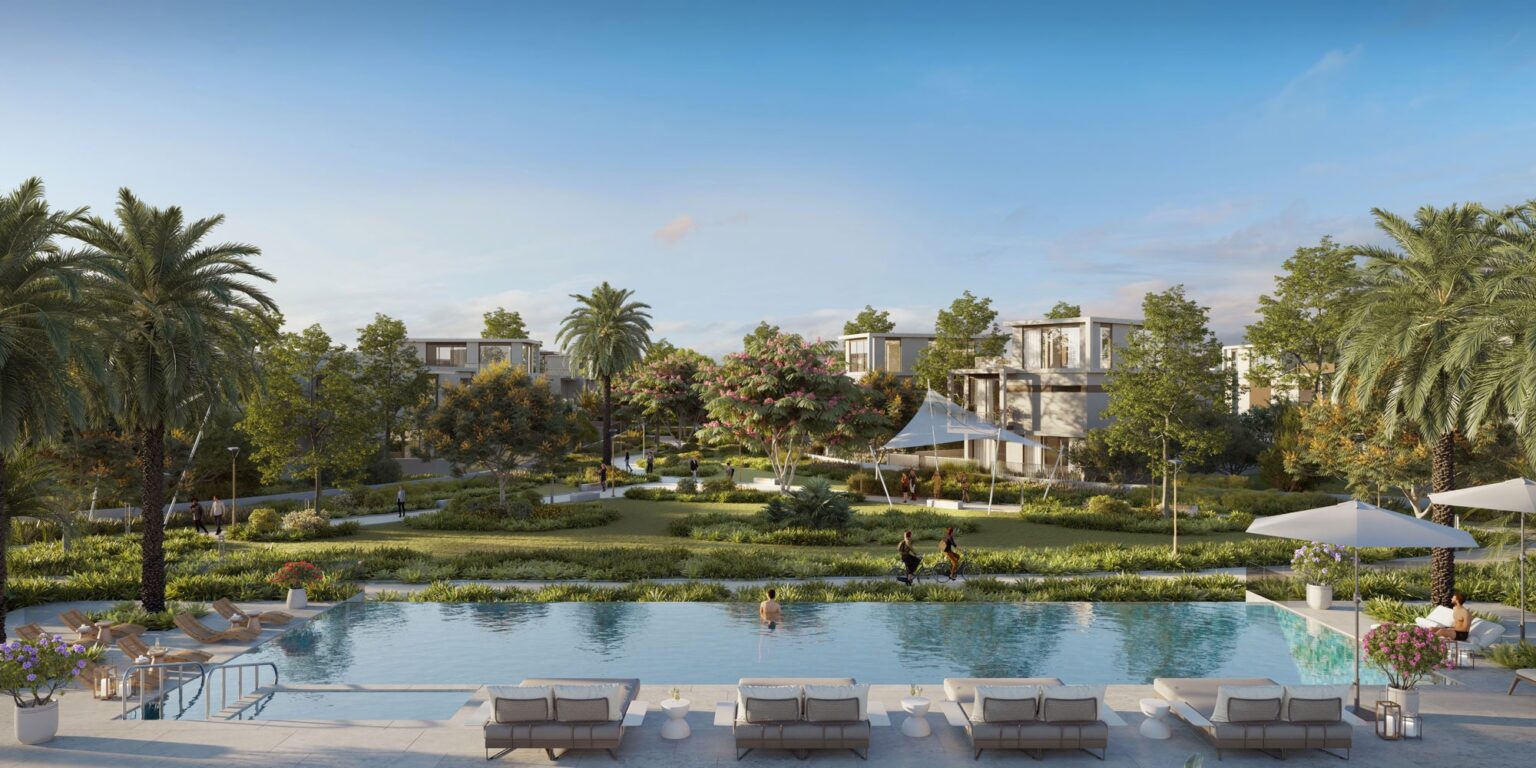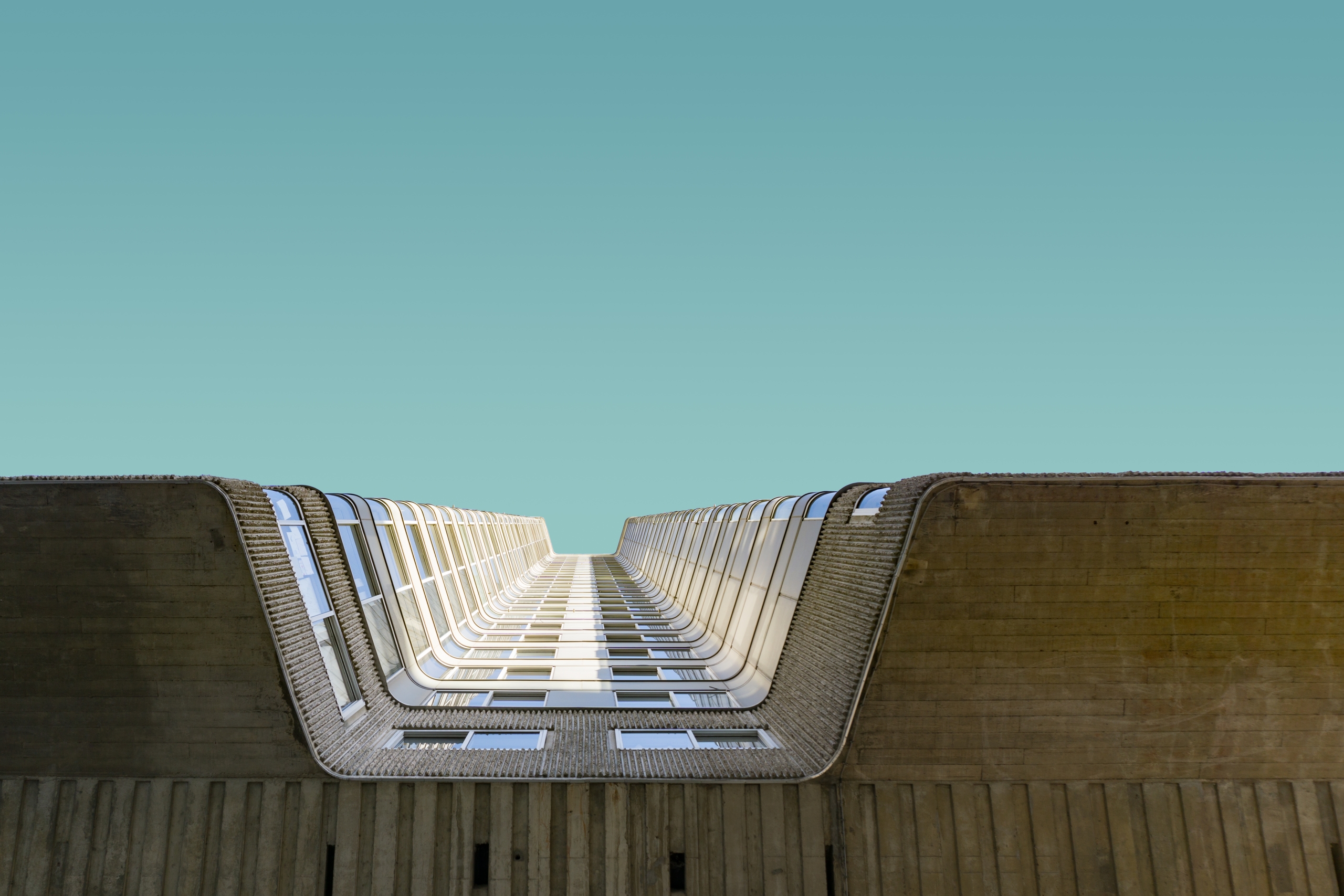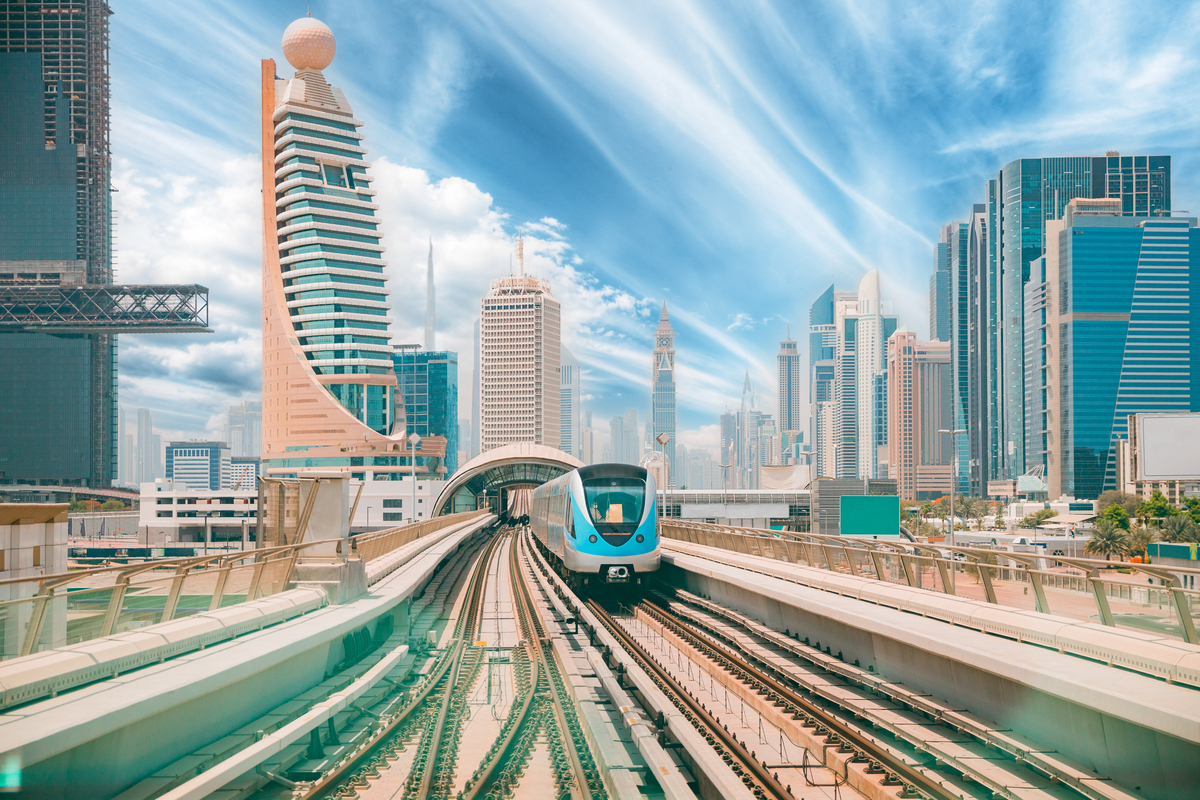Living in the UAE is more than just residing in towering skyscrapers or high-rise residences with stunning skyline views or proximity to beaches; it is more about embracing residential communities that offer convenience, leisure, and accessibility. As more key players enter the market, we are witnessing a shift towards horizontal residential developments. In this article, we aim to explore the trend towards these developments and its deep connection to the UAE’s longstanding tradition of community-focused living.
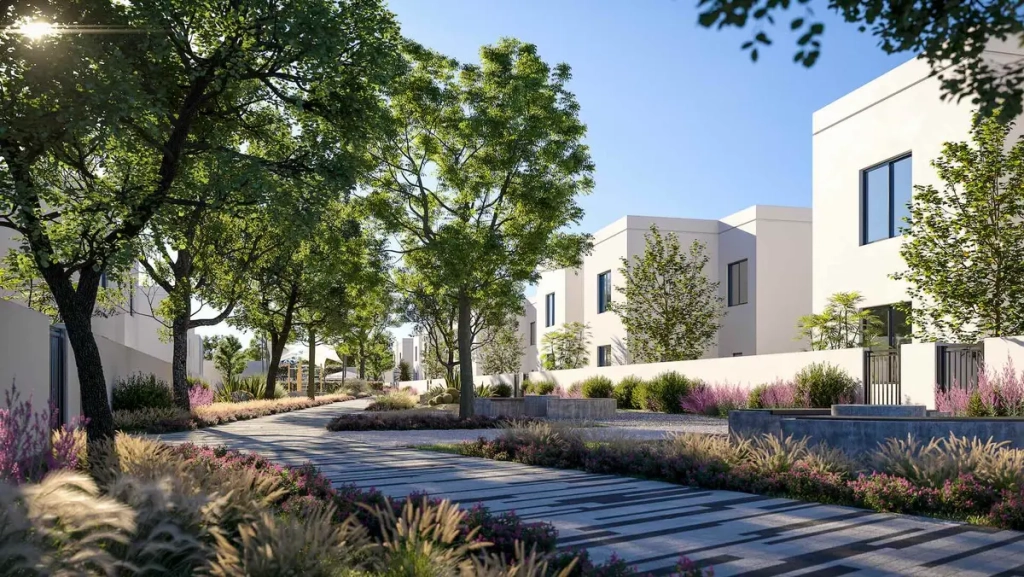
The History
People tend to associate the UAE with high-rise buildings and skyscrapers, notably remarking on the Burj Khalifa, the tallest tower in the world. However, the UAE’s architectural history is not solely focused on soaring skyscrapers—it also has deep roots in the tradition of horizontal residential developments. By that, we refer to fully inclusive communities located on expansive plots that offer a diverse range of housing options, facilities, and convenience to their residents. While this trend may seem recent, the concept of horizontal developments has actually been a key feature of the UAE’s landscape, with roots stretching back to the 1970s.
Following the unification of the United Arab Emirates in 1971, and under the late ruler HH Sheikh Zayed Bin Sultan Al Nahyan, a national housing program was established. It was most notably referred to as “Shabiyaat” in Arabic. The goal behind this system was to offer public housing to UAE citizens and to unite diverse Arab and Bedouin groups. Uniting Bedouins was particularly important to Sheikh Zayed as he believed sedentarization is a key element in the journey toward modernity.
A collection of houses close to one another in a neighborhood was referred to as a “Sha’abiya”. Many of those communities had common themes, such as large walls, a spacious living room on the ground floor to welcome guests and bedrooms located on the upper floor for more privacy. In the back of the house, a service quarter could be found, as well as an outdoor kitchen, commonly used by the cook for a local family. Various facilities could also be found around the neighborhood catering to all residents. Additionally, these neighborhoods commonly included a small grocery shop, a laundry, a mosque, and a barbershop- laying the foundation for today’s master communities.
The Growth
Numerous developmental and construction projects were implemented between 1968 and 2002 that dramatically transformed the UAE’s landscape. In Abu Dhabi alone, over AED 162 billion was allocated for these projects. The country continued to witness growth as key players were introduced into the market, notably contractors and developers, who played a vital role in shaping urban and suburban living in the UAE.
Transformative projects, such as the iconic Palm Jumeirah in Dubai, Emirates Hills, and the development of Yas Island in Abu Dhabi can be considered early master-planned communities that paved the way for new communities to form. These developments were initially aimed at a niche market, introducing gated communities, golf course residences, and waterfront living.
These areas were designed not just as places to live, but as ecosystems in themselves — complete with schools, hospitals, shopping centers, and recreational facilities, making life within these communities as self-sufficient as possible. An example of such a community would be the Noya Community on Yas Island, which boasts a selection of townhouses and villas within a gated community, housing the newly opened Noya British School as well as a community center.
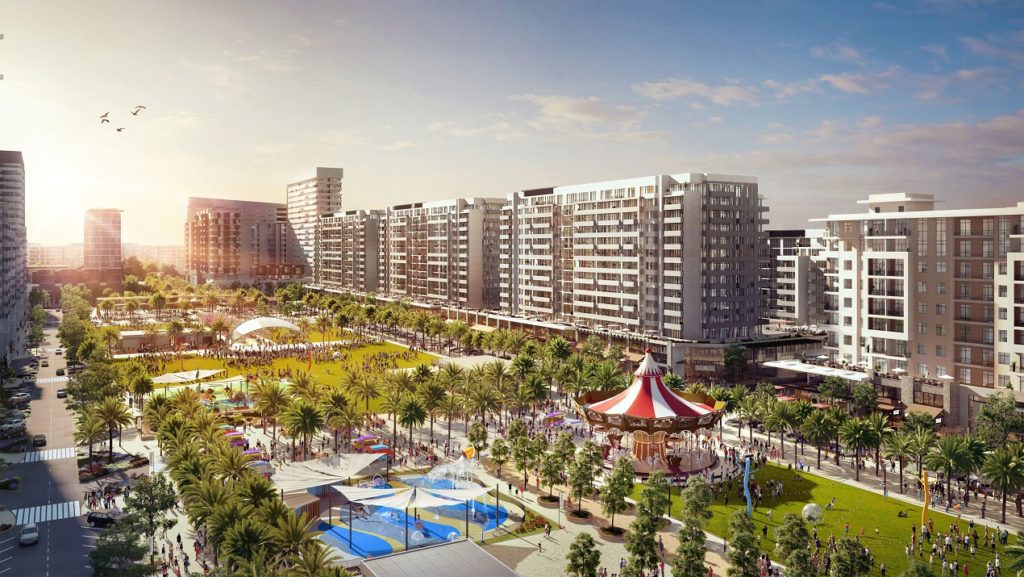
In Dubai, thriving communities have been established in different areas; these notably include Town Square, located along Al Qudra Road, and The Valley, located along Al Ain- Dubai Road. What is the common theme between the two? They seem far away from the rest of the city’s attractions. Therefore, we refer to such communities as “suburban”; despite being located further away from the bustling life of Dubai, they ensure convenience by providing most of the facilities needed for their residents, creating a city within a city.
The Benefits
- Security: these communities are gated-communities and take security measures to ensure safety; these include 24/7 security services.
- Various Housing Options: communities usually offer a broad selection of apartments, townhouses, and villas, catering to diverse
- Sense of Belonging: a community fosters a sense of belonging, especially for families looking to make friends with others, children socializing and playing together, or simply for social networking to improve emotional health & well-being.
- Facilities: a community boasts a range of facilities, including a community center, a gym, swimming pools, parks, and sports courts, as well as on-site services, such as maintenance teams and a community management
- Leisure & Events: communities have a management team that oversees and manages community events. These would include BBQ nights, Christmas celebrations, and Ramadan Iftars.
The Outlook
As the UAE continues to evolve, so too does the way people live. While skyscrapers do represent modernity and more saturated areas, such as Downtown Dubai, remain popular, the shift toward horizontal residential communities represent a significant change in how people want to experience urban life – one that prioritizes family-orientation, privacy, and peace.
These aspects are the foundations of community living that are deeply rooted within the nation’s values, fostering unity and a sense of belonging. Today, these values are cherished more than ever.

